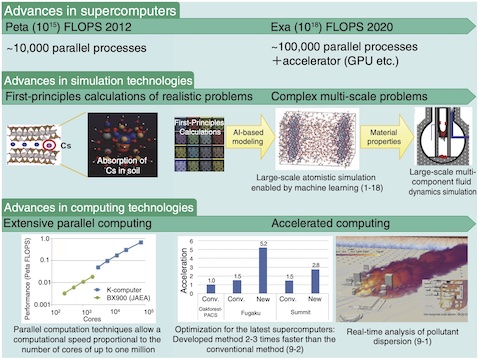
Fig.9-1 Computational science research at the Center for Computational Science and e-Systems
Simulation techniques used to analyze complex phenomena comprising various physics effects, such as the environmental dynamics of radioactive substances and the study of severe accidents, are essential for resolving issues created by the accident at TEPCO's Fukushima Daiichi NPS. Such techniques are also required for the research and development (R&D) of future nuclear systems. For example, predicting the spread of released radioactive substances (whether on accident or due to an act of terrorism) in real-time requires using meteorological data to reconstruct the complex wind flow around buildings. Thus, advanced fluid analysis techniques that can compute complex wind flow patterns quickly and accurately are required. Another example is material modeling required in severe accident analyses and development of next-generation nuclear reactors. Such modeling requires nanometer-scale analysis to simulate the complex arrangement of atoms in materials and centimeter-scale analysis to analyze various phenomena, such as fuel melting. Such complex phenomena analyses could be extended to a much larger scale by combining them with exascale computational technologies (i.e., computers capable of performing 1018 floating-point operations per second, FLOPS), such as Fugaku, which can perform several million parallel computations using many CPUs containing tens of cores.
Various simulation techniques have been developed, including atomic/molecular and fluid simulations, which are the basis for analyzing complex phenomena, and computational technologies, such as numerical algorithms and visualization systems. Efforts to further improve these techniques and develop new simulation and computational technologies are ongoing to enable exascale simulations of complex phenomena, apply machine learning techniques for advanced simulations, and employ data-assimilation technologies to improve simulation accuracy, as summarized in Fig.9-1. Such simulation techniques for complex phenomena will become a foundation for future nuclear R&D.
In FY2020, our contributions in the field of computer science to the reconstruction and revitalization of Fukushima Prefecture included clarifying the main contributions to the air dose rate in forests in Fukushima Prefecture and established fundamental techniques of atomistic simulations to identify the mechanism of Cesium absorption to concrete (Topics 1-17 and 1-18, respectively). To advance analysis techniques of complex phenomena, we developed new simulation methods as discussed in more detail in the following sections of this chapter (Topics 9-1, 9-2, 9-3, and 9-4). We steadily promote the research of simulation and computational techniques, which are a common foundation for nuclear R&D, and provide them to the community.